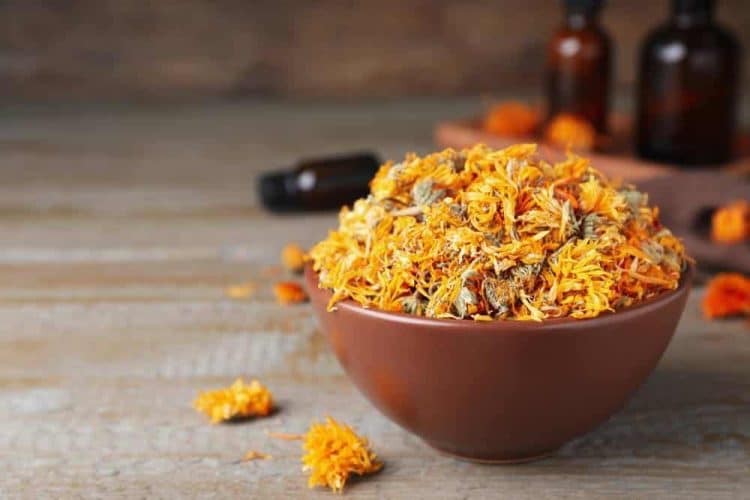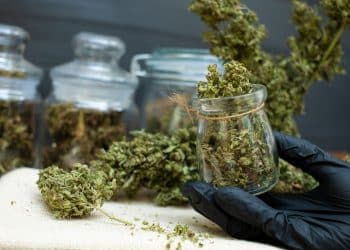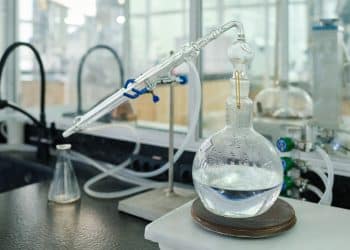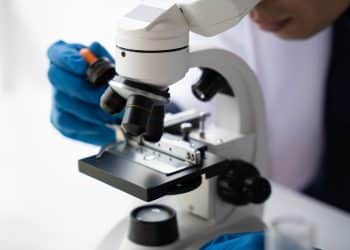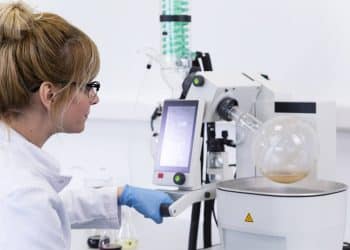In recent years cannabis drying has become an incredibly important topic for manufacturers in various industries. Many slow and inefficient drying practices are still widely used in cannabis processing procedures. Nevertheless high quality dried cannabis is needed in order to extract vualuable bioactive molecules for medical purposes. [1]
In particular, botanical extracts like aqueous extracts must be dried into a solid form to maintain a longer shelf life. [2] That’s why many have started developing and using innovative drying methods for botanical extracts. Prospective low-temperature drying technologies are significantly influencing the drying procedures of botanical extracts. These methods include freeze-drying, microwave vacuum drying, and infrared drying. If these optimized and well-controlled drying methods are utilized, it’s proven that a higher quality product can be obtained without losing active ingredients and flavors and maintaining microbial safety. [3]
In our article, we will discuss the different drying methods for botanical extracts, including how they work and their benefits and disadvantages.
Freeze Drying
Lyophilization or freeze-drying is a drying process involving the liquid medium in samples (like water) being crystalized at low temperatures and then converted from a solid state into a gaseous state. Freeze drying is often used for instant coffee, vegetables, dairy products etc.
Compared to other drying technologies used to dry botanical extracts, there are primarily two key advantages. These advantages include high recovery of heat-sensitive and volatile components and retaining chemical and biological properties and morphological structures. [4]
Although these benefits are incredibly attractive, freeze-drying botanical extracts are expensive. It’s been proven to be one of the most expensive drying processes because of the high operation and maintenance costs and the high energy consumption costs.
Infrared Drying
Infrared drying is a new method used in different kinds of thermal processing operations in the food industry. Infrared drying is a form of safe radiation drying that uses wavelengths between 2.5 to 200 μm.
Infrared drying has many benefits besides that this drying method takes considerably less time and energy. When drying botanical extracts, the drying process is far more exact, with the temperature being distributed uniformly while being precisely controlled.
For this reason the quality of botanical extracts is improved. Still, the disadvantage is that it is not commonly used for botanical extracts but more for the food industry, so further analysis needs to be undertaken.
Microwave Vacuum Drying
This drying method is considered a dehydration process because it uses vacuum technology and microwave radiation energy.
When drying botanical extracts, the microwave radiation heats the samples rapidly by converting electromagnetic energy to thermal energy. At the same time the vacuum technology reduces the boiling point of the water in the sample, keeping the temperature low while creating a pressure gradient that ensures an enhanced drying rate.
UMicrowave vacuum drying is widely used for botanical extracts because its fast performances and relatively low prices.
References:
[1] Challa S.K.R., et al. Drying of cannabis—State of the practices and future needs. Dry. Technol. 2020:2055–2064. doi: 10.1080/07373937.2020.1752230 [Journal Impact Factor = 3.55] [Times cited = 14]
[2]Koch, N. et al. Cannabidiol aqueous solubility enhancement: Comparison of three amorphous formulation strategies using different types of polymers. International Journal Of Pharmaceutics (2020); 589, 119812. doi: 10.1016/j.ijpharm.2020.119812 [Journal Impact Factor: 6.27] [Times cited = 21]
[3] Zainol M. et al. Effect of different drying methods on the degradation of selected flavonoids in Centella asiatica, International Food Research journal, (2009); 16: 531-537
[Journal Impact Factor = 1.29] [Times cited = 119]
[4] Lazarjani, M. et al. Processing and extraction methods of medicinal cannabis: a narrative review. Journal Of Cannabis Research (2021); 3(1). doi: 10.1186/s42238-021-00087-9 [Journal Impact Factor: 5.800 ] [Times cited = 8]
Image: https://www.bigstockphoto.com/it/image-453759041/stock-photo-cannabis-drying-and-curing-marijuana-buds-in-glass-jars-eco-container-hemp-growing-concept
